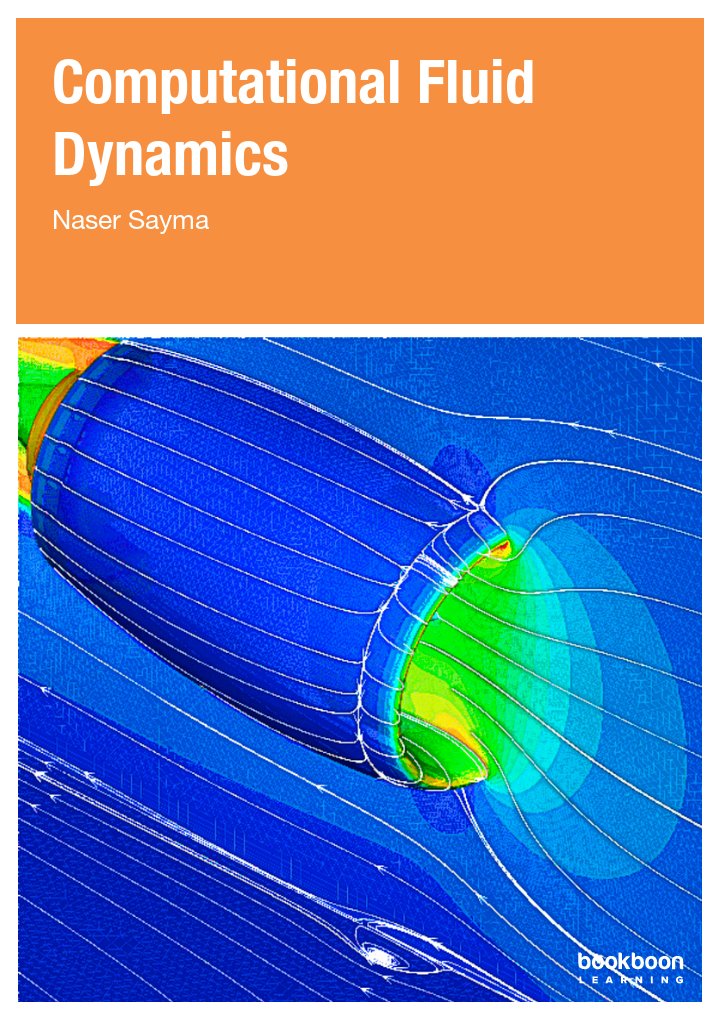
On a larger scale, fluid dynamics generates hurricanes, tornadoes, and flooding that can greatly alter environments. Species of caddis fly larvae live on stream bottoms and depend on food that has deposited in the stream bottom. For example, caddis fly larvae and black flies feed on food transported in fluids. Mead, in Encyclopedia of Energy, 2004 4.1.4 Fluid Dynamicsįluid dynamics influence the cost of food capture and movement by controlling food availability. The approach that calculates the large scales and models the small scales, sometimes called large-eddy simulation, shows promise for describing turbulent flows. This commonly means representing length scales which are smaller than a computational cell by a phenomenological model, though it can also mean representing what is happening in a second or third dimension not modeled in detail. The basic idea of subgrid modeling is to represent phenomenologically the macroscopic effects of fluid flow occurring on space scales which are not resolved. The computation fluid dynamics (CFD) of modeling turbulence is discussed further in Section IV.B. In higher Reynolds numbers, only the large scales can be calculated in detail and the small scales are modeled phenomenologically with subgrid models.
Fluid dynamics full#
In some idealized low Reynolds number flows, simulations have been able to resolve the full range of scales down to the Kolmogorov scale. The problem with this approach is that the fastest and largest computers are neither fast nor large enough to solve most turbulent flow problems from first principles, even though the fundamental set of equations is generally agreed to be adequate. This approach does not involve the time averages of macroscopic flow variables used in statistical turbulence models. To circumvent these difficulties, there have been calculations of transitional and turbulent flows that attempt to resolve the time-dependent structure of the turbulent flows. Finally, this approach tends to average over and thus obscure the coherent structures in the flow. (28) that a suitable average f ¯ ( x ) exists is invalidated in studies of time-dependent phenomena with excitation at all spatial and temporal scales. Ī major difficulty in this approach is “closing” the set of equations, which is done by postulating models relating the extra terms, such as Eq. The problem is that there is no clearly defined way to separate scales, either theoretically or computationally (see Sections IV.A and B). Many approaches to studying or trying to quantify turbulence have been based on various approximations to separate the scales. However, because the range of important scales is continuous and extensive, direct computation is generally impractical. If it were possible to solve the full set of time-dependent, three-dimensional fluid dynamic equations for mass, momentum, and energy, for the range of time and space scales from the size of the system down to the Kolmogorov scale (the small scale at which turbulent structures are dissipated into heat), turbulence would appear naturally in the detailed solutions.

At low Reynolds number, the viscosity damps the instabilities and reduces the range of scale lengths over which turbulence can exist. In general, the higher the Reynolds number, the more turbulent the flow. However, as more and more complex “order” is discovered in these flows, what is called turbulent has changed somewhat. The disorder develops from the nonlinear evolution of fluid instabilities that occur due to velocity or density differences in local regions of the flow. Flows with vorticity that appear highly disordered, and whose disorder ranges over many physical scale lengths, are called “turbulent.” Large, persistent structures observed in such flows are called coherent structures.
Fluid dynamics how to#
It is not even exactly clear how to define fluid turbulence. This is not only because of its theoretical complexity and richness, but also because of its prevalence and therefore importance in many flow systems. Turbulence persists as one of the major theoretical and computational problems of fluid dynamics. Boris, in Encyclopedia of Physical Science and Technology (Third Edition), 2002 II.D Turbulence


 0 kommentar(er)
0 kommentar(er)
